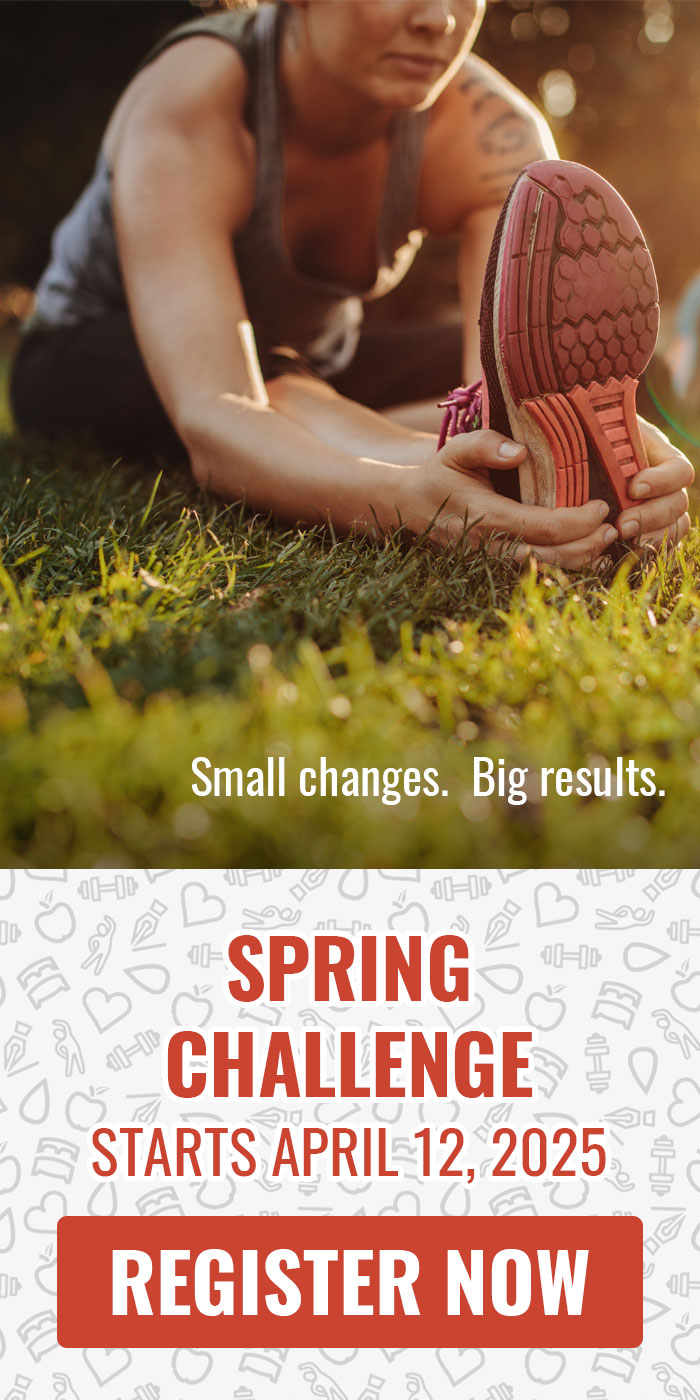 Reading Time: 5 minutes
Reading Time: 5 minutesWhen it comes to training information, there has never been a better time to be alive. All the best authors and greatest minds are right there at your fingertips. Books, research papers, blog posts, and even forum posts directly from these authorities make learning easy. But the information is often pitched at one demographic — the twenty- to thirty-year-old male looking to be (pick one) jacked, super strong, or ripped.
But what if you’re a bit older, like I am? What if you’re in your mid-forties? There comes an age where all of a sudden you’re going to find that your list of “what is important” changes dramatically. I train clients who are of all different ages (my oldest is 74). So I find myself constantly asking, how do you keep a fifty- or sixty-year-old body healthy and strong to live the best life possible? As a forty-something or older, you may find yourself asking this question, as well.
Step 1: Recovery
The first and most important element to understand is recovery. An aging body simply can’t recover as well as it used to. This means you need to be far smarter not just about how much work goes into a given exercise session but also how many workouts can be performed in a given time frame.
Because your recovery is limited, you will find that more rest is needed between sets. This means that all padding and filler-type work you may have previously done between sets has to be done away with. The second part of this is that where once you may have done five working sets perhaps, now you can only do three. The same goes for reps. Where once sets of five or six were best, now perhaps it is two or three for the big exercises. Using my oldest client as an example, we do only three sets for her biggest exercise — the deadlift — and only two other working sets for the rest of that workout.
Step 2: Mobility
The next part is that as you age may need far more mobility work than when you were younger. Half of my 74-year-old client’s training time is mobility. We spend roughly half an hour on it at the start of each session and her rest between every set is also mobility work (although, remember, she only does a maximum of five working sets in her sessions). For people who think that sounds like too much, please keep in mind this particular client is also a deadlift world-record holder, so this mobility work hasn’t seemed to have harmed her strength at all.
Step 3: Posture
An older body has spent more years at work. More years hunched over a desk. More years not exercising. More time not working through a full range of motion. If you’re not careful, it’s quite likely that as you get older you will start to feel like the Tin Man from Oz and many common exercises like the squat, deadlift, or overhead press will become almost impossible to do without risk of injury.
All of my clients spend roughly 25 minutes warming up at the start of each session. For many, they then have a specific warm-up protocol they go onto that is tailored just for them. Once all that is done, they can hit a few good quality reps right at the end of training. While this may seem like overkill, our near-zero injury rate in training these clients speaks for itself.
How to Structure Your Workout Session
So now you know you need less training and more mobility work within that training. How do you structure the rest of the session? To be honest, that bit is easy — the reality is that older athletes will benefit from the exact same things everyone else does. That means they need to bend and stretch (flexibility and mobility work), build muscle (strength and/or hypertrophy training), and breathe heavily (cardiovascular training) just like everyone else. If you’ve done the right thing and already taken care of the “bend” part as I’ve been discussing, then that means just adding in some strength work and some cardiovascular work.
The strength work doesn’t need bells and whistles. I see many trainers worrying about whether or not they’ve chosen the perfect plan. Here’s a tip: a fifty-year-old isn’t competing for a gold medal at the Olympics any time soon. Hit a couple of big exercises for a few sets each and move on. Don’t get worried about what is the perfect exercise or program. Lift something heavy a few times and move on.
Likewise for the work needed for heart health. With my clients, we do shorter bouts of cardiovascular work, around ten minutes, for two out of every three sessions. On the third workout, we do an entire session of cardiovascular work (but, remember, we spend roughly half an hour on mobility every session so this equates to about thirty minutes). We mix this up into as many forms as we can. Again, athletes in this age bracket aren’t competing for anything other than to see who the last in the grave is.
Training Smarter Means You Can Train for Life
You don’t need a specific form of fitness; you need all forms of fitness. Don’t fall in love with one method at the exclusion of others, but do work within the boundaries of what can be done pain free. If you’ve been active up to this point in your life, then you’ll have had a few rounds of surgery most likely or at least have an injury history, and on top of that, elderly knees simply don’t like some things. So let pain be a guide as to what you should and shouldn’t do in training.
Personally, I love training people in the “older” age groups. Many train because they still can while their friends who don’t prioritize health and fitness are stuck on a couch. So the training sessions become fun with a focus on maintenance and injury avoidance without all the ego and stress that often comes with training younger people.
Be smart with your aging body and you’ll find you’re still capable of amazing things like my 74-year-old who we expect to break her own world record in her next competition.







